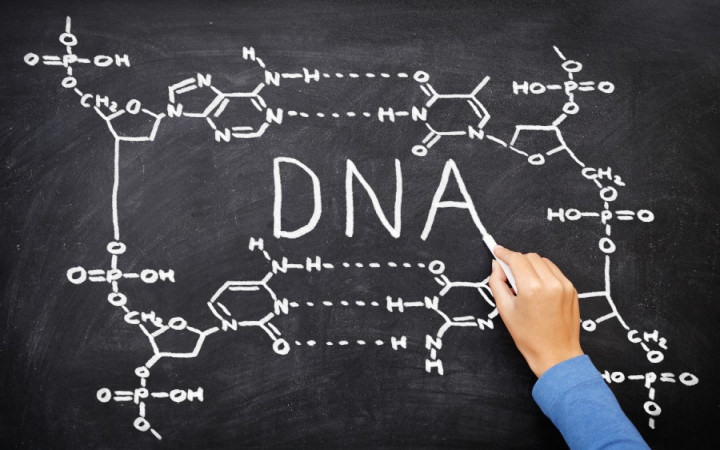Do you know why you have blue eyes? Or blonde hair? If you've ever WONDERed about the traits and characteristics you have and how you came to have them, you may have been told that the answer lies in your genes.
To understand what genes are, you must first learn about the building blocks of life: your DNA. DNA stands for deoxyribonucleic acid. DNA exists inside your body's cells and is made up of four chemicals: adenine, thymine, cytosine, and guanine. Scientists usually shorten these to simply A, T, C, and G.
These chemicals that make up DNA are strung together in long, coiled strands within your cells. They're so thin and tiny that each cell in your body has about six feet of DNA thread! That means your entire body has about three billion miles of DNA in it.
DNA wraps together to form structures called chromosomes. Most cells in your body have 23 pairs of chromosomes, or a total of 46. DNA's actual structure within the cell looks like a twisted ladder. This winding, dual structure is known as the double helix, and it allows DNA to pass along biological instructions with great precision.
Each chromosome contains segments of DNA that correspond to and determine specific traits and characteristics. These segments are what we call genes, and they're simply made up of DNA with different patterns of A, T, C, and G.
Your specific DNA is unique to you. It's like a code or set of instructions for making the one and only you! Although much of your DNA is similar to other human beings (and even many other animals), no other creature has your exact same DNA!
How is this possible? While some traits and characteristics come from a single gene, many others come from a combination of genes. Every person has 25,000-35,000 different genes, which means there are a nearly-endless number of possible combinations.
Your specific DNA code provides your body with specific instructions for making proteins within your body's cells. These proteins are the building blocks of everything in your body, from bones, teeth, and hair to muscles, blood, and organs. Scientists believe each gene in your body could make up to 10 different proteins, which means your body could be made up of over 300,000 different proteins!
Modern science even allows scientists to alter genes on purpose. Scientists call this practice genetic engineering. They've been doing it for many years, particularly in the area of agriculture. Scientists have been able to alter the genes in plants to produce new plants with special characteristics, such as the ability to resist certain pests and diseases.
In the mid-1800s, an Austrian monk named Gregor Mendel discovered the basic workings of genetics by performing thousands of experiments breeding pea plants. Because of his ground-breaking work involving inheritance, he's known as the Father of Genetics. Later, Swiss biochemist Frederich Miescher first observed DNA in the late 1800s. Over 100 years later, scientists continue to study DNA in order to unlock its secrets.




